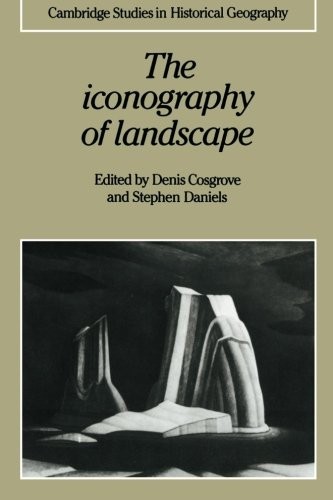The Iconography of Landscape draws together fourteen scholars from diverse disciplines across the humanities and social sciences to explicate the status of landscape as a cultural image, ‘a pictorial way of representing, structuring or symbolising surroundings’. By applying the art-historical method of iconography – interpreting levels of meaning in human artifacts – to landscapes on paper or canvas, in literary form or on its ground, its contributors show how landscape is an important mode of human signification, informed by, and itself informing, social, cultural and political issues. The range of examples is wide in terms of medium, period and place. It covers poetry and promotional literature, architectural design and urban ceremonial, maps and paintings. The historical periods discussed include sixteenth-century Italy, eighteenth-century England, eighteenth- and nineteenth-century Scotland and twentieth-century Canada. The book is introduced by the editors’ discussion of the meanings of landscape and of the iconographic method in the context of contemporary theoretical and methodological debates on culture and society. pp. ix, 318 #0120
Iconography of Landscape, The: Essays on the Symbolic Representation, Design and Use of Past Environments
$20.00
Sold Out
Additional Information
| Author | Denis Cosgrove, Stephen Daniels (eds.) |
|---|---|
| Publisher | Cambridge University Press |
| Year Published | 1988 |
